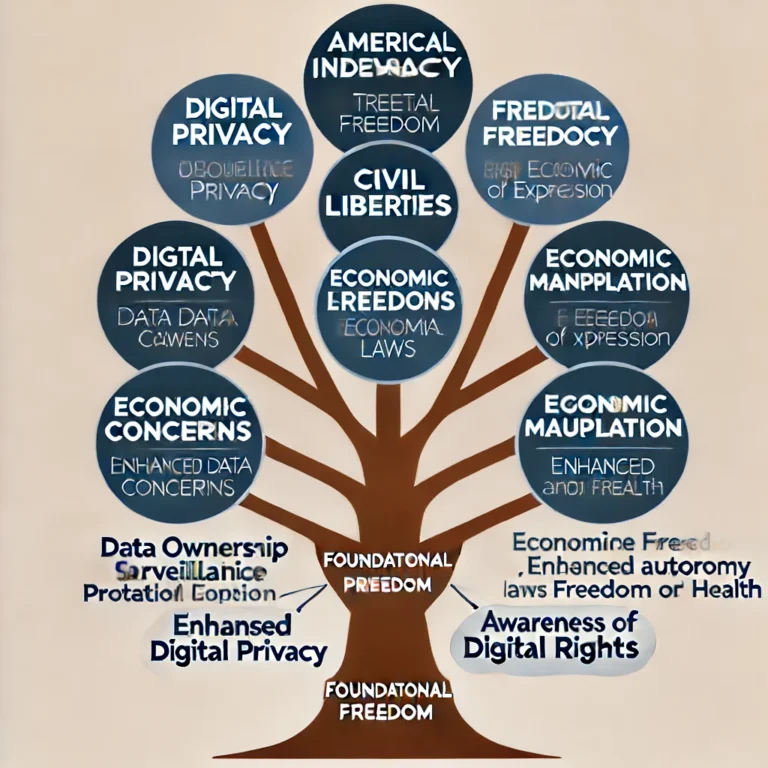Are We Future-Ready for the Alef Model A? Exploring the Potential of a Flying Car Revolution
Buckle up for the future of transportation! Discover the challenges and possibilities surrounding the Alef Model A, as we pave the way for a new era of mobility.

The concept of flying cars has long captivated our imaginations, fueling visions of a future where we take to the skies for our daily commutes. With the Alef Model A on the horizon, that once-distant dream is now edging closer to reality. As technology continues to advance at an unprecedented pace, we find ourselves on the cusp of a transportation revolution that could reshape the way we navigate the world around us.
In this blog post, we will delve deep into the fascinating realm of flying cars and explore whether we, as a society, are truly ready for the advent of the Alef Model A. Beyond the excitement and allure of soaring above the clouds, we will examine the practical implications and considerations associated with embracing this groundbreaking innovation.
As technology takes leaps and bounds, the question arises: Are our infrastructure, regulations, and safety protocols prepared to accommodate these futuristic vehicles? Building a robust and efficient infrastructure that can support the safe operation of flying cars is no small feat. It involves the development of designated takeoff and landing zones, charging stations, and sophisticated air traffic management systems. The challenges posed by integrating flying cars into our existing infrastructure cannot be understated.
1. Technological Advancements
The Alef Model A represents a significant leap forward in technology, bringing together a multitude of cutting-edge innovations. With advancements in electric propulsion, materials, and autonomous systems, the Alef Model A pushes the boundaries of what we thought was possible. However, we must ask ourselves if our infrastructure, regulations, and safety protocols are prepared to accommodate these technological marvels.
2. Infrastructure Challenges
One of the biggest hurdles for flying cars like the Alef Model A is the development of an infrastructure that supports their safe operation. Unlike traditional vehicles, flying cars require designated takeoff and landing zones, charging stations, and air traffic management systems. It raises questions about the feasibility and cost of establishing the necessary infrastructure, particularly in urban areas.
3. Regulatory Frameworks
Introducing flying cars into our airspace necessitates robust regulatory frameworks that ensure safety, privacy, and responsible operation. Regulations must be established to address licensing requirements, flight paths, airspace management, and noise pollution. Developing these frameworks involves collaboration between government entities, aviation authorities, and urban planners to strike the right balance between innovation and safety.
4. Public Acceptance
Embracing flying cars requires a shift in public perception and acceptance. As with any new technology, there may be concerns about safety, privacy, and the impact on daily life. Addressing these concerns and fostering public trust will be essential for the widespread adoption of flying cars. Education and awareness campaigns can play a crucial role in familiarizing the public with the benefits and limitations of this transformative mode of transportation.
5. Environmental Impact
While the Alef Model A boasts zero emissions during operation, it is essential to consider the broader environmental impact of flying cars. The increased use of airspace and energy consumption associated with charging infrastructure may have implications for carbon footprints and resource utilization. It becomes imperative to assess and mitigate these environmental effects to ensure a sustainable and eco-friendly future.
The Alef Model A represents a glimpse into a future where flying cars are a reality. However, realizing this vision requires comprehensive planning, collaboration, and adaptation on multiple fronts. Technological advancements must align with supportive infrastructure, robust regulations, public acceptance, and sustainable practices. As we embark on this exciting journey, it’s crucial to address the challenges ahead and pave the way for a future where flying cars enhance our lives while ensuring safety, sustainability, and seamless integration into our existing transportation systems. Only then can we confidently say that we are future-ready for the Alef Model A and the incredible potential it holds.


